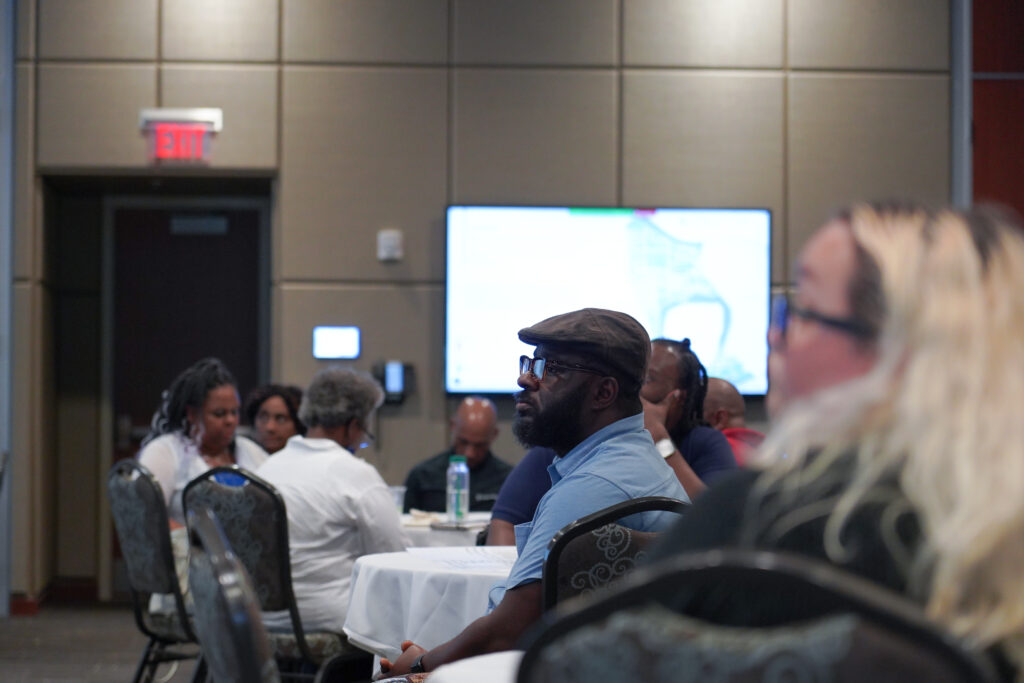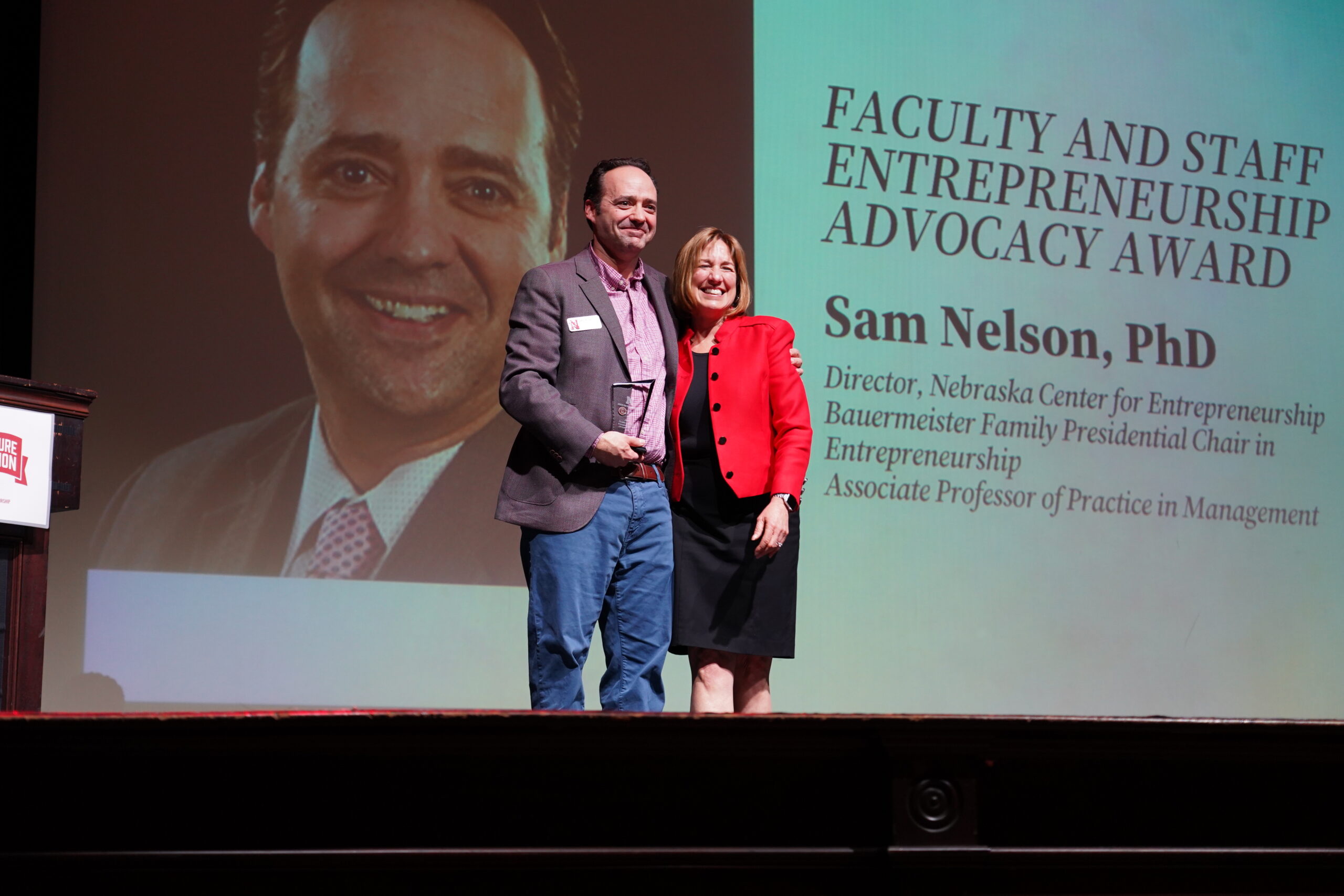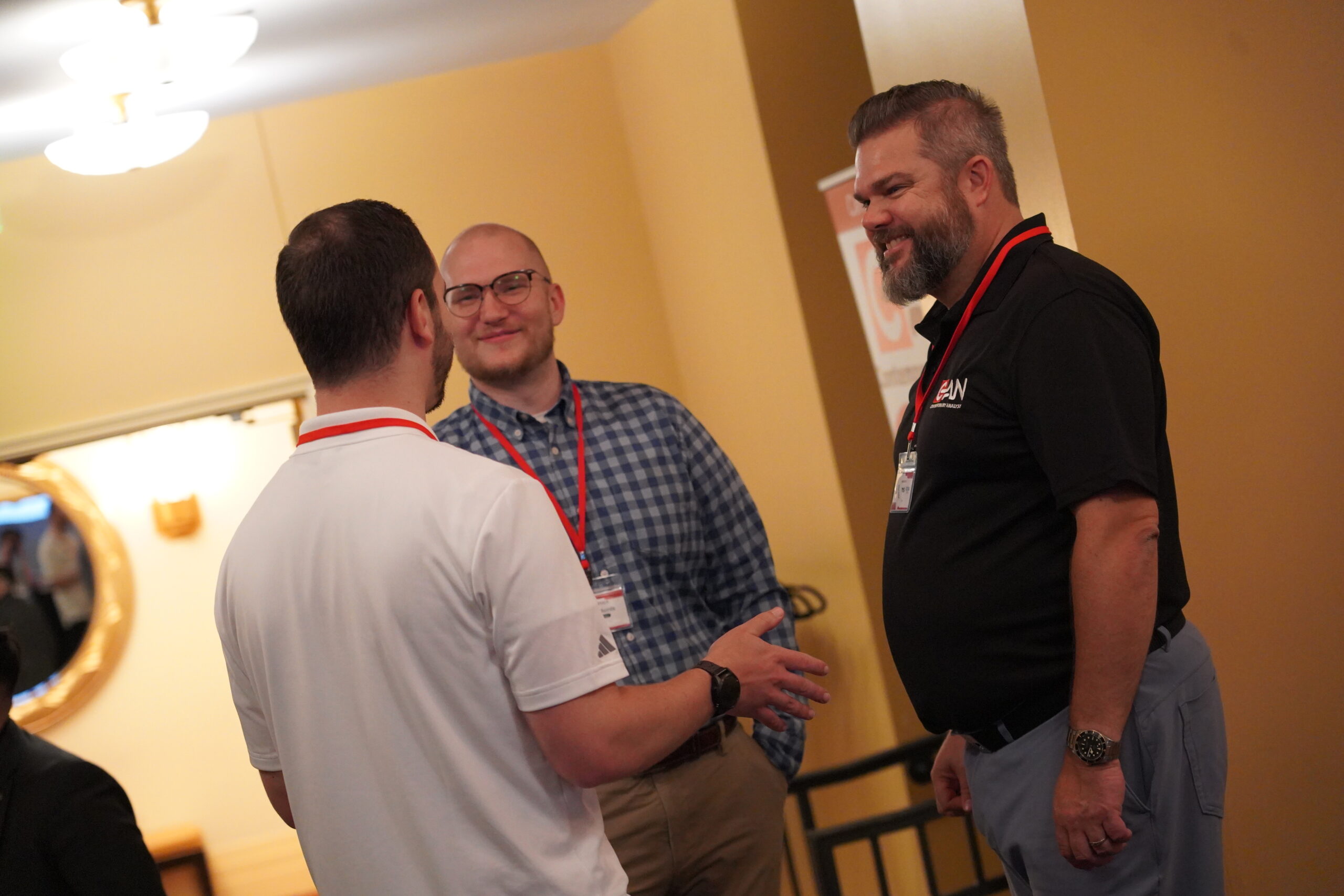Omaha’s plans for an innovation district in North Omaha advanced during the second public community workshop hosted by the Omaha Inland Port Authority (OIPA) and consulting firm HR&A Advisors. Residents weighed in on development models, potential sites and priorities for the project.
The session, held at Metropolitan Community College’s Fort Omaha campus, built on feedback from May’s kickoff workshop, which identified core themes such as inclusive economic growth, quality housing, education and innovation, cultural preservation and sustainability. The innovation district is envisioned as a hub for startup businesses, training and community services designed to spur economic opportunity while preventing displacement.
Two development models, one preferred approach
Participants reviewed two potential frameworks for the district. The “anchor plus” model concentrates development around a major institution, creating a centralized hub for business, housing and amenities. The “reimagined urban areas” model disperses investment across multiple sites, redeveloping existing buildings and activating smaller spaces to preserve neighborhood character.
Case studies from the Russell Innovation Center for Entrepreneurs in Atlanta, an anchor plus model, and the Overtown neighborhood in Miami, a reimagined urban areas model, illustrated how each approach has been used to support local entrepreneurship, attract investment and strengthen community assets.
While many attendees favored the visibility and catalytic potential of a single, centralized hub under the anchor plus model, most saw value in spreading investment across the OIPA boundaries to avoid overconcentration and reduce displacement risks. The general agreement favored the anchor approach, though some participants proposed blending it with a hybrid model that integrates a central anchor with multiple smaller nodes.

Erin Lonoff, principal at HR&A Advisors, said there seems to be a consensus — everyone is saying similar things about what they want — which makes HR&A’s job easier when there’s agreement all around.
Similar to the kickoff workshop, residents emphasized that the district must build on North Omaha’s strengths rather than replace them. Suggestions for businesses included grocery stores, family restaurants, coffee shops, arts and entertainment venues and incubators for entrepreneurs. Others called for community health centers, child care facilities and spaces that serve multiple generations.
Several participants stressed the importance of protecting legacy businesses, preserving historic buildings and investing in cultural spaces that reflect the neighborhood’s history. Others pointed to the need for walkable streets, bike lanes, better transit connections and reliable broadband as essential infrastructure for innovation.
After small group discussions, attendees reconvened to share their group’s takeaways and report their ideas back to the larger audience.
“We have great legacy assets, and we don’t want to lose those,” one group said. “But we also need to do more to bring in jobs that will still be around in the future, and make sure people can access healthy food and housing they can afford.”
Where it might take shape
Community feedback pointed to the western and southwestern edges of the district as prime development zones, where sewer capacity, road quality and commercial zoning offer more flexibility. Corridors along 16th, 24th and 30th Streets and Ames Avenue emerged as priorities for revitalization, with proximity to North High School, the Charles B. Washington branch of the Omaha Public Library and Metropolitan Community College adding to their potential.

Attendees supported using public and nonprofit-owned properties for new development, restoring historic buildings and ensuring access to transportation, trails and green space. Several groups favored an infill approach, activating vacant or underused lots while maintaining the area’s existing character.
Clark: ‘Hungry for action’
New OIPA Executive Director Garry Clark said the event deepened his understanding of residents’ priorities and underscored the urgency for action.
“Working in complete collaboration with the HR&A team created a strong energy of focus and excitement from the community,” Clark said. “It was clear that some of the basic needs, particularly in terms of commercial merchant infrastructure, must be addressed to holistically transcend market expectations. Meeting these needs will be critical to creating the conditions for entrepreneurial efforts to thrive.”
The project team will incorporate the workshop’s feedback into a draft vision and business plan for the district, which will include financial modeling, governance strategies and anti-displacement policies.
The final planning meeting is expected in the fall and will feature a participatory budgeting process to prioritize investments.





Leave a Reply